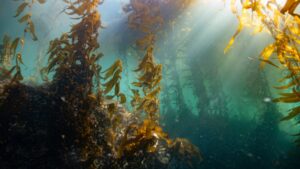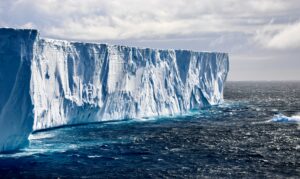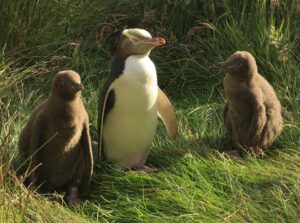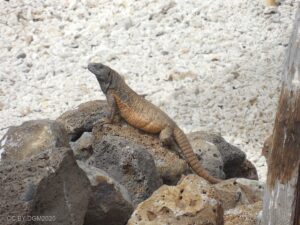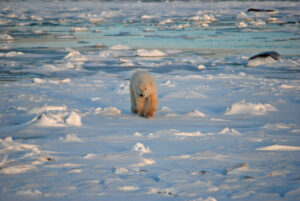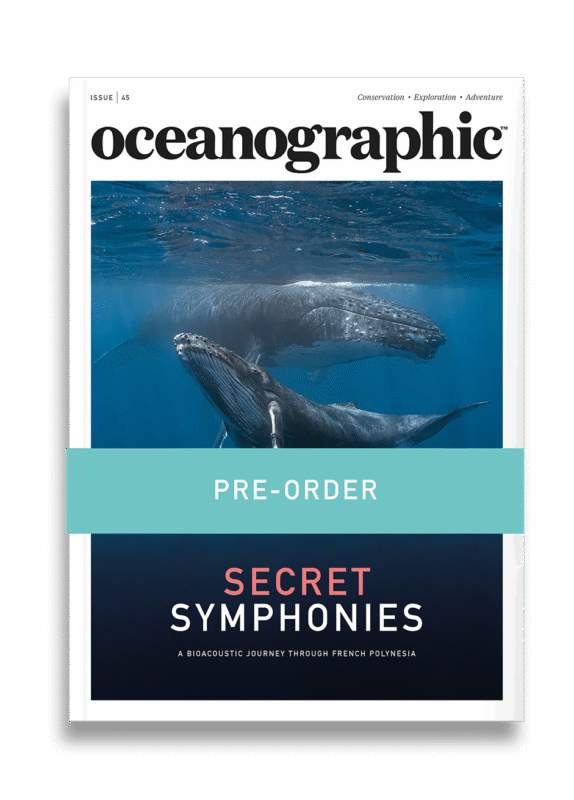Carnivorous “death-ball” sponge among new deep-sea species
In one of the most remote and least explored corners of our planet, scientists have confirmed 30 previously unknown deep-sea species - among them, a spherical, hook-covered carnivorous sponge ominously dubbed the “death-ball.”
In one of the most remote and least explored corners of our planet, scientists have confirmed 30 previously unknown deep-sea species – among them, a spherical, hook-covered carnivorous sponge ominously dubbed the “death-ball.”
The discoveries were made by The Nippon Foundation–Nekton Ocean Census and collaborators during two 2025 research cruises with the Schmidt Ocean Institute. Findings were officially verified at the Southern Ocean Species Discovery Workshop, hosted by Universidad de Magallanes in Punta Arenas, Chile, this August.
With Halloween looming, one new discovery seems especially fitting: Chondrocladia sp. nov., a predatory sponge that traps its prey using minuscule hooks – somewhat of a departure from the passive filter-feeding behaviour typical of most sponges.
Researchers also documented so-called “zombie worms” (Osedax sp.), which feed on the bones of whales and other large vertebrates without mouths or digestive systems, relying instead on symbiotic bacteria. Though not new to science, their appearance only adds to the macabre wonder.
“Accelerating species discovery is not a scientific luxury – it is essential for public good,” said Mr Mitsuyuki Unno, Executive Director of The Nippon Foundation and leader of the Ocean Census programme. “Through these expeditions, we’ve seen another groundbreaking set of discoveries that will benefit scientists, policymakers and communities worldwide.”
The Ocean Census flagship mission, Searching for New Species in the South Sandwich Islands, was conducted aboard Schmidt Ocean Institute’s R/V Falkor (too). Using the ROV SuBastian, researchers explored volcanic calderas, the South Sandwich Trench, and seafloor habitats surrounding Montagu and Saunders Islands.
Nearly 2,000 specimens across 14 animal groups were collected, alongside hours of HD video and thousands of seafloor images. Among the expedition’s highlights were:
-
Newly identified hydrothermal vents at 700 metres, hosting chemosynthetic communities.
-
Vibrant coral gardens and evidence of explosive undersea volcanism.
-
The first confirmed footage of a juvenile colossal squid—a moment of deep-sea history captured on camera.
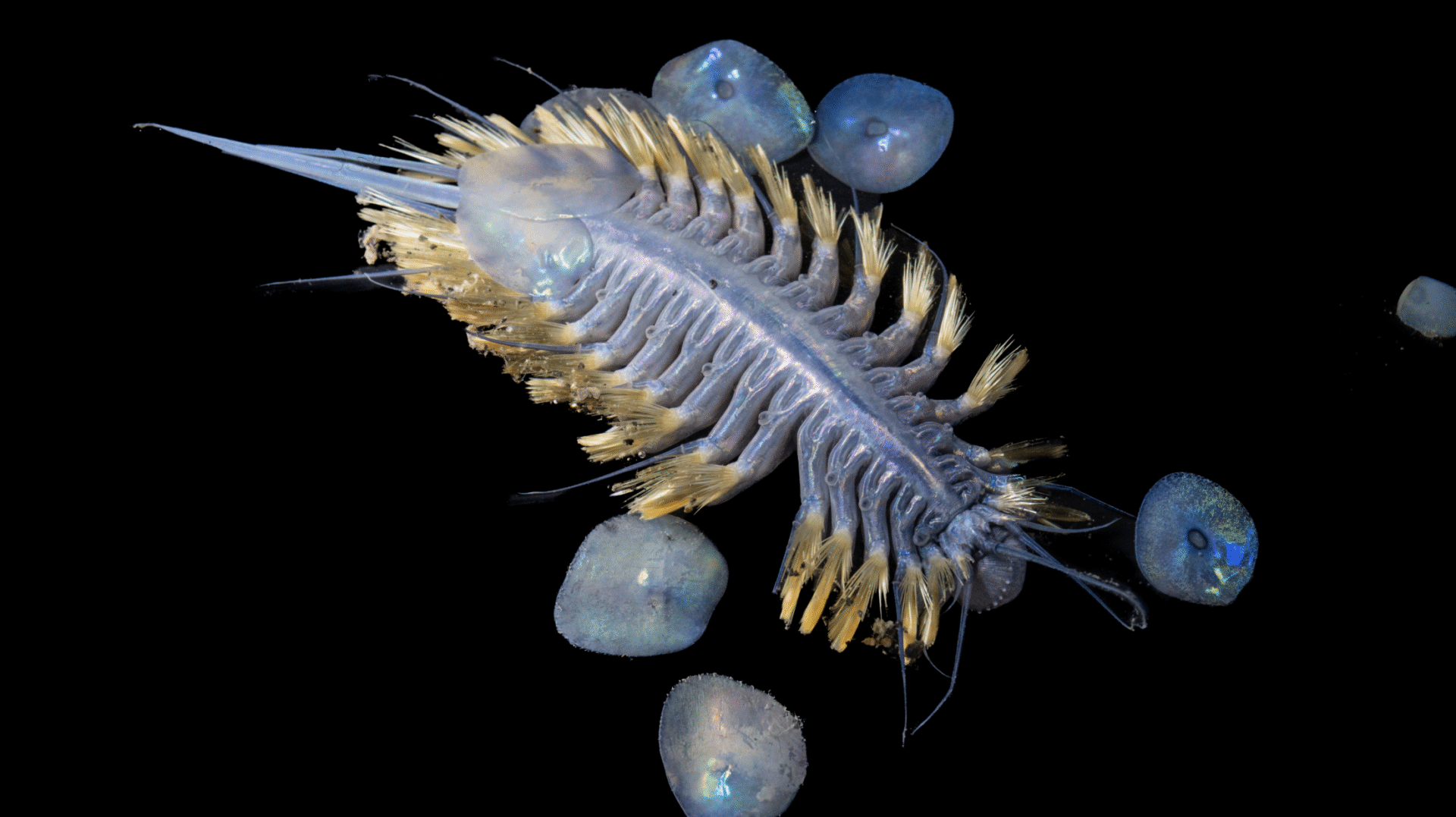
Further south, an Ocean Census Science Network team joined another R/V Falkor (too) expedition in the Bellingshausen Sea. When iceberg A-84 – measuring roughly 510 km² – calved from the George VI Ice Shelf in January 2025, researchers seized the rare opportunity to explore the newly exposed seabed, sealed under ~150 metres of ice for centuries.
“The Southern Ocean remains profoundly under-sampled,” said Dr Michelle Taylor, Head of Science at Ocean Census. “We’ve only assessed 30% of the samples from this expedition so far, and already confirmed 30 new species. That shows how much biodiversity is still waiting to be documented.”
By pairing expeditions with rapid species discovery workshops, Ocean Census compresses what can take a decade of taxonomic work into months—without compromising scientific rigour.
Other confirmed or likely new species include:
-
Armoured and iridescent scale worms (Eulagisca sp. nov.).
-
New sea stars from Brisingidae, Benthopectinidae, and Paxillosidae families.
-
Unidentified crustaceans, including isopods and amphipods, one of which may represent an entirely new amphipod family.
-
Rare gastropods, bivalves, and black corals thriving in volcanic and hydrothermal-influenced habitats.
-
A potentially new sea-pen genus now under expert review.
“Advanced tools – from precision seafloor mapping to HD ROV imagery – let us explore places no human has ever seen,” said Dr Jyotika Virmani, Executive Director of Schmidt Ocean Institute. “This collaboration has yielded the first juvenile colossal squid sighting and an array of new species, demonstrating what becomes possible when technology and science unite.”
At the Southern Ocean Species Discovery Workshop, taxonomists from around the world fast-tracked verification using a triage system – imaging, comparing, and DNA-barcoding specimens in real time. This “ocean-to-lab” approach aims to tackle a chronic issue in taxonomy, that of samples languishing unprocessed for years due to limited resources.
“This is exactly why Ocean Census exists,” added Dr Taylor, who also lectures at the University of Essex. “Accelerating discovery and making biodiversity data openly available ensures every species we confirm becomes a cornerstone for conservation and future science.”
Polar deep-sea ecosystems remain among Earth’s most mysterious and least studied environments, vital for understanding evolution, biogeography, and resilience amid a changing climate.
All confirmed species meeting Ocean Census’ ‘Discovered’ criteria will be catalogued in the Ocean Census Biodiversity Data Platform – an open-access database designed to empower global research, conservation planning, and policy.
From death-ball sponges to colossal squid, the Southern Ocean continues to remind us how much of our planet’s life still lies hidden in the cold, dark depths—waiting to be revealed.


"*" indicates required fields
Printed editions
Current issue
Back issues
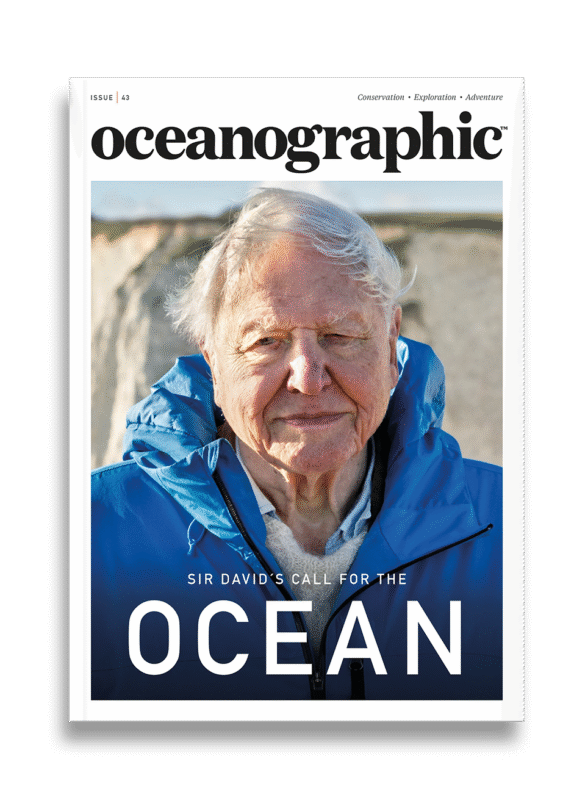
Back Issues
Issue 43 Sir David Attenborough’s ‘Ocean’

Back Issues
Issue 41 Holdfast to the canopy
Enjoy so much more from Oceanographic Magazine by becoming a subscriber.
A range of subscription options are available.

